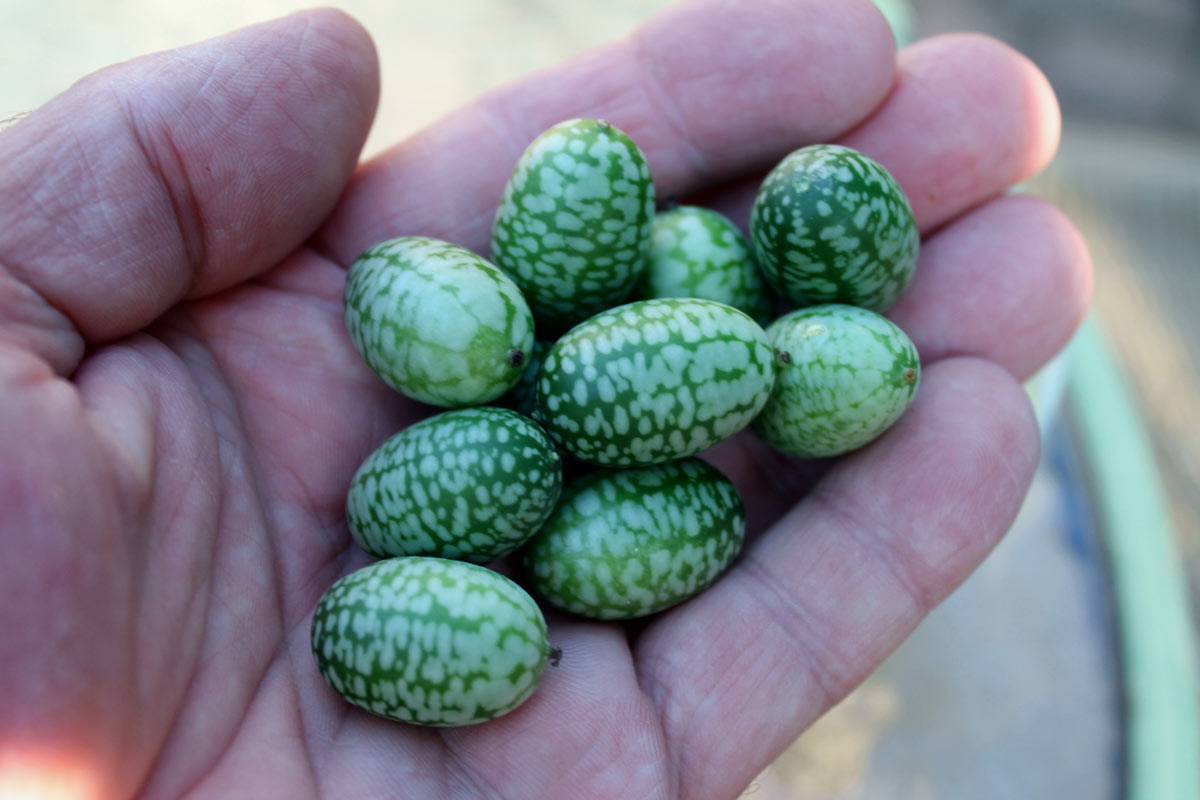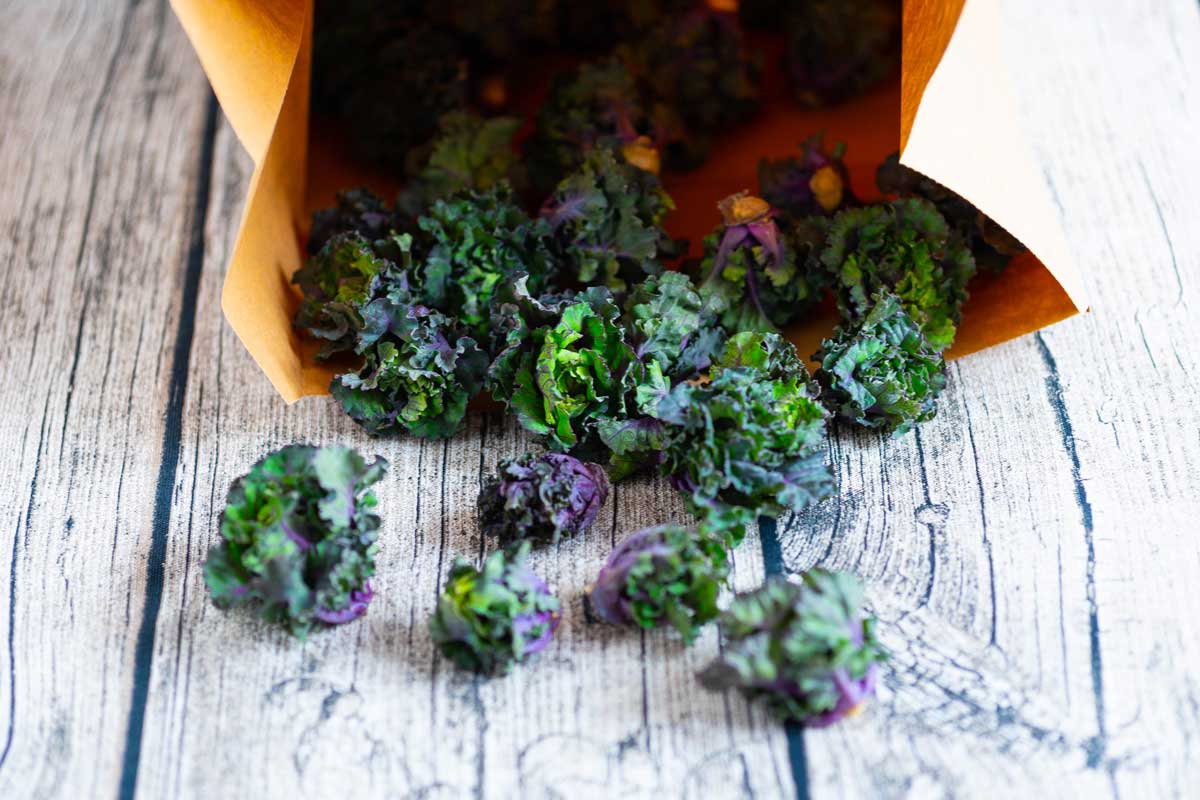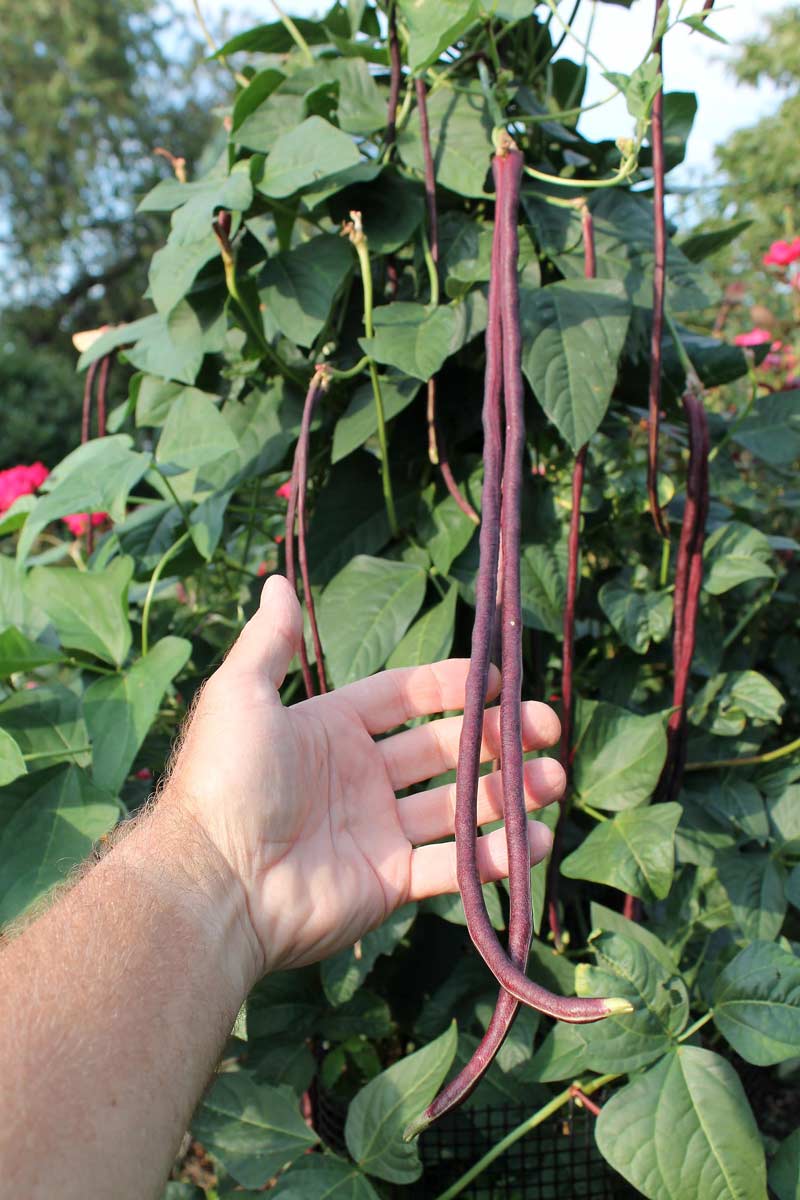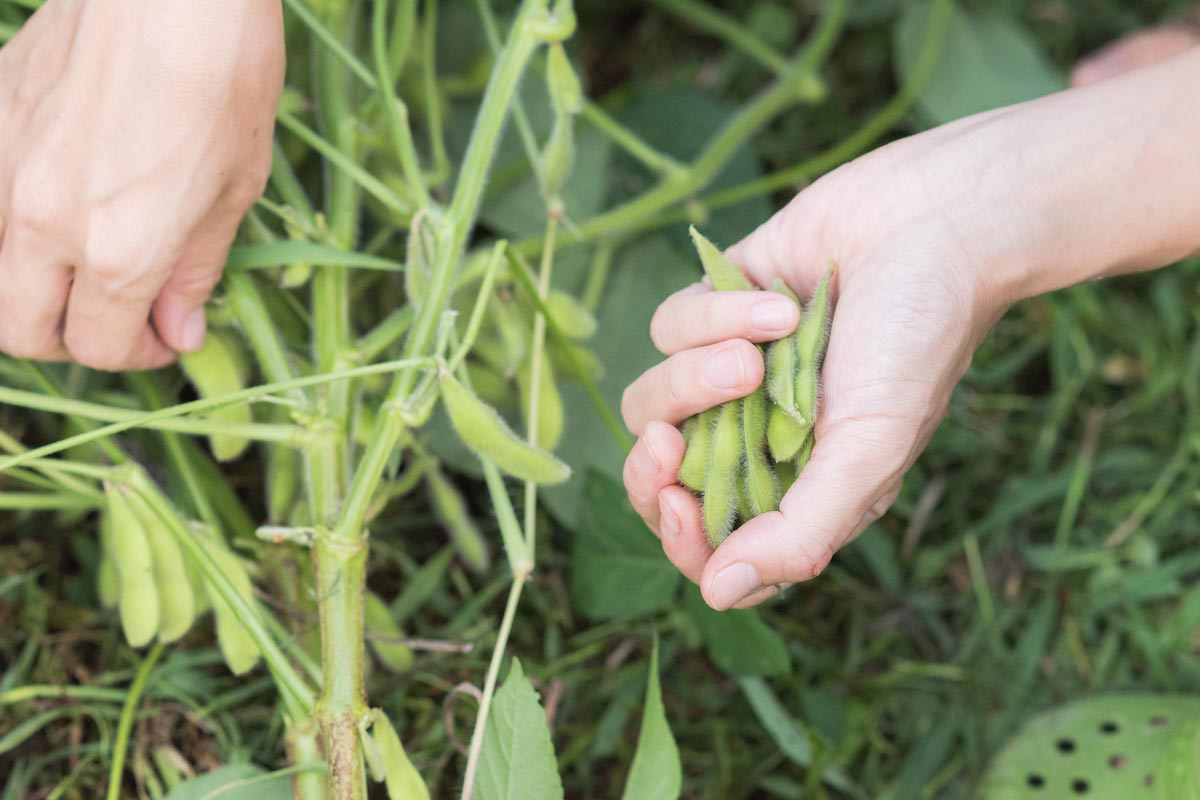How it Works: Preen Garden Weed Preventers
Here's how our Garden Weed Preventers prevent weeds before they even sprout rather than killing them after they’ve already had the chance to grow.
Millions of new vegetable gardeners sprouted for the first time in last year’s stay-at-home, pandemic-plagued season. If you're one of them, with a year's experience under your belt, you might be ready to graduate into the curious world of edibles beyond the standard tomatoes and beans. Interested in experimenting? Try a few of the offbeat veggies below:
Fake people out with this little-known but easy-to-grow crop by telling them you’re growing the “world’s smallest watermelons.” The grape-sized fruits on this summer vine look very much like watermelons, but they’re really small cucumbers also known as the Mexican sour gherkin. You can eat the crunchy fruits whole... the skin is thin and the seeds small and soft. The taste is a mild cucumber flavor.

George Weigel
Kale and Brussels sprouts are two of the trendiest edibles lately. They’re closely related enough that breeders have crossed them to produce a hybrid called “kale sprouts.”
Kalette is the brand you’re likely to run across, and it’s a three-variety line that looks and grows like a three-foot-tall Brussels sprout plant. However, instead of producing tight balls all along the stem, it produces two-inch, flower-like clusters of baby green-and-purple kale leaves.

Jana Loesch / iStock / Getty Images Plus
Sometimes called “leaf celery,” this upright two-foot plant is a mash-up of celery and parsley. It’s technically celery, and tastes like celery, but is meant to be used by cutting the leaves as you would parsley. It does best in cool summers, so keep it watered to avoid bitterness in hot weather.
Unlike true spinach, this crop is another vine that adores hot weather – the hotter, the better. The ‘Rubrum’ version of it is good-looking enough to be grown as an ornamental vine with its purple stems and dainty pink flowers. The leaves are thick, heart-shaped, and have a mild spinach flavor. They can be cooked or eaten fresh. Be aware, though… the leaves are also a bit slimy, succulent, or “mucilaginous” in texture.
A third summer vine that’ll turn heads is this bean that produces pods that grow a foot or more long and are deep burgundy in color. Chinese red noodle beans taste like green beans, only with a “squeaky” texture when you bite into them.

George Weigel
These are soybeans that are harvested when green and tender, then usually parboiled and salted as a nutty-tasting snack. Edamame can also be eaten fresh right out of the pods. Plants grow just like familiar bush beans and are best direct-seeded into a sunny garden spot.

Stephane Bureau du Colombier / iStock / Getty Images Plus
A cabbage-family plant, kohlrabi looks like something from outer space. Picture a white or purple ball – about the size of a tennis ball – growing at the soil surface with leafy stems projecting out from around them. Kohlrabi is easy to grow by direct-seeding in the garden in April, then sliced raw and dipped in salad dressing. The flavor is a cabbage/turnip blend.

George Weigel
Radicchio or “Italian chicory” is a leafy crop that grows like little reddish-purple cabbages. It’s usually cut up raw for use in salads. The flavor can get a bit strong or bitter in excess heat, so it’s often better planted from seed in the August garden for fall harvest.